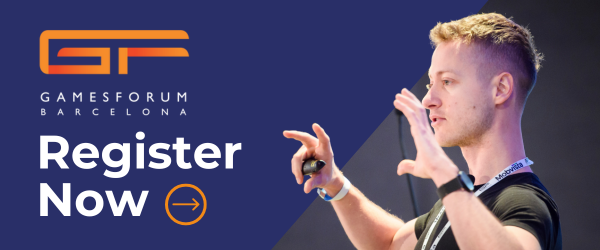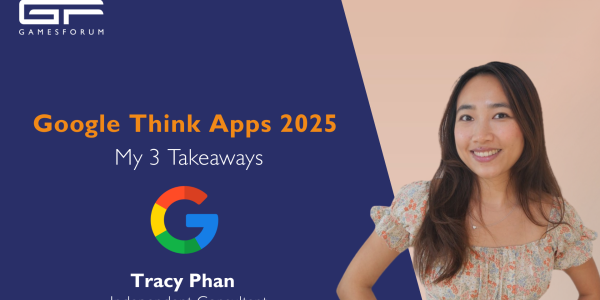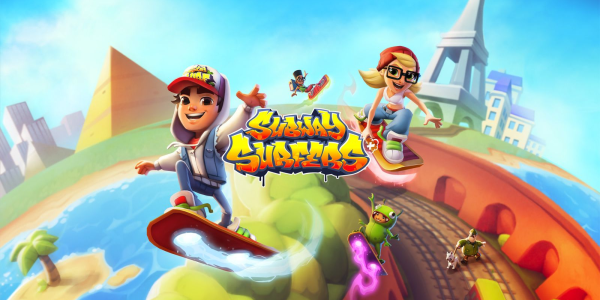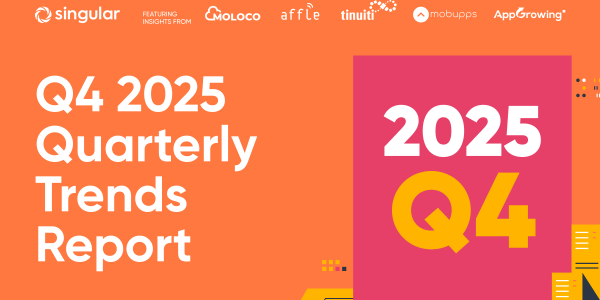How Casual Games Build Global Audiences: The Block Blast! Approach

As the developers of Block Blast!, one of the most popular casual mobile games on the market, we’ve learned that success in this category comes down to understanding players’ needs. Casual games thrive when they offer simple yet engaging experiences that players of all ages and backgrounds can enjoy.
However, casual games don’t become global hits just because they’re simple. Instead, those that top the charts are the ones that balance immediate accessibility with long-term depth.
Some people think simple games are shallow. However, a simple interface or mechanic can still support deep strategy and emotional impact. There is also a lingering myth that simple games are easier to make. On the contrary, designing something elegant and clean is often harder than designing something packed with features.
In this article, we’ll highlight the key principles behind Block Blast!’s global success, and show how the design philosophy “simple to learn, challenging to master,” resonates across cultures.
Simple to Learn
At Hungry Studio, we build our games around the philosophy that Less Is More. Simplicity guides our design process and has played a key role in the success of our award-winning game, Block Blast!.
Less Is More refers to prioritizing quality over quantity to create high-quality games that resonate with players and stand out in the market. It’s a disciplined approach to game development that requires making deliberate choices and focusing on what matters.
In Block Blast!, the Less Is More philosophy is evident in every aspect of the experience. For example:
- Streamlined Mechanics: Block Blast! focuses on intuitive “drag-match-disappear” gameplay—no complex rules and no tutorials needed.
- Minimalist Visuals: A clean UI allows players to focus on gameplay, rather than being overwhelmed by excessive decoration.
- Feature Restraint: We deliberately avoid feature creep. Every update must serve the core loop to provide a satisfying player experience.
Our Less Is More development philosophy draws from minimalist design principles in architecture and art. It’s also a response to an oversaturated games market. With so many options, games that win are often the ones players understand—and love—instantly.
A/B Testing
At Hungry Studio, A/B testing is the core decision-making system behind every product update—not just minor changes—ensuring each iteration is validated with scientific rigor.
We run thousands of experiments each year across themes, difficulty tuning, and feature placements. Only a very small fraction make it into the live version of the game — not because experiments “fail,” but because our review standards are intentionally rigorous. Every feature must pass a multi-stage validation process before being released to millions of players.
Our experimentation pipeline follows a multi-stage process. It typically begins with small-bundle exploratory tests, followed by feature-package validation, and finally reversed A/B verification. Only when a feature consistently performs well across all stages is it pushed to global release.
Algorithms
Our team continuously refines the underlying gameplay algorithms—improvements that remain invisible to players but are fundamental to long-term product quality and consistency. Some of our tech-driven gameplay mechanisms include:
- Block Algorithm: Our gameplay logic is supported by a sophisticated rule system, where many interdependent sub-rules work together in real time. These algorithms govern block generation, pacing, and difficulty balance based on recent player actions and board state — creating a smooth experience that feels simple on the surface but is powered by complex decision-making underneath.
- Scoring Effects and Encouragement: After clearing blocks, players see special effects and motivational phrases. For example, learn more about our experimentation with the rainbow elimination effect.
Algorithms allow us to strengthen the core mechanic without altering its simplicity, turning a minimalistic puzzle system into a globally loved long-term game.
Our experimentation pipeline follows a multi-stage process. It typically begins with small-bundle exploratory tests, followed by feature-package validation, and finally reversed A/B verification. Only when a feature consistently performs well across all stages is it pushed to global release.
AI-Based Tools
When it comes to tools, numerous third-party software options are available to assist with A/B testing. However, we’ve gone a step further at Hungry Studio by creating our own proprietary tools.
For example, we’ve developed the "Block AI Robot", one of our AI-based tools. Our AI-driven robot platform is trained on real player behavior and simulates how different types of players interact with the game. The goal is not to predict the perfect strategy, but to mimic authentic human play styles so that experiments can be evaluated quickly and accurately before going to live A/B tests.
Resonating Across Cultures
Block Blast! has over 40 million daily active users worldwide and has recently experienced a surge in countries such as Brazil, Mexico, Japan and South Korea. Block Blast!’s global success demonstrates how our design philosophy, “simple to learn, challenging to master,” has resonated across cultures.
A cornerstone of our development philosophy is the principle of experience equality. This means we strive to bring exceptional gaming experiences to everyone, regardless of nationality, age, economic status, gender, or ethnicity. Experience equality is our player-first promise, and we apply it to everything we do, from game development to player-first advertising.
Every player deserves a satisfying experience, regardless of device, skill level, or location. By consistently refining design elements and optimizing gameplay based on player behavior and feedback, we create engaging and enjoyable experiences that keep players coming back.
Several key metrics demonstrate the success of our player-first approach:
- Retention Metrics: Our day 1, day 7, and day 30 retention rates are above industry averages. This is the most important indicator that players are having positive experiences with Block Blast!.
- Session Length: Our average session length has increased over time; players are staying in the game longer.
- Organic Growth: A significant portion of new users comes from word-of-mouth recommendations. Players who have positive experiences with our game are more likely to recommend it to friends.
Taken together, these results show that a player-first approach drives player satisfaction and helps Block Blast! resonate with players across the globe.
3 Elements to Build a Global Audience
So how does a casual mobile game build a global audience and become a worldwide phenomenon? In our experience, there are three essential elements for success:
- Less Is More: Offer approachable, straightforward gameplay that allows anyone to pick up and enjoy the game without prior experience or special skills.
- Intelligent Experimentation: Utilize data-driven methods, such as A/B testing, algorithms, and AI-based tools, to add depth and make the game challenging to master.
- Experience Equality: Take a player-first approach that prioritizes player experience, engagement, and satisfaction above all else.
The key takeaway is that simplicity in game design does not conflict with other goals, like innovation and player retention. As we’ve shown in this article, these elements fit together -- like blocks on a grid.
Don’t miss Jason’s fireside chat at Gamesforum Barcelona, where he’ll discuss how Block Blast! scaled globally and what it took to get there.














